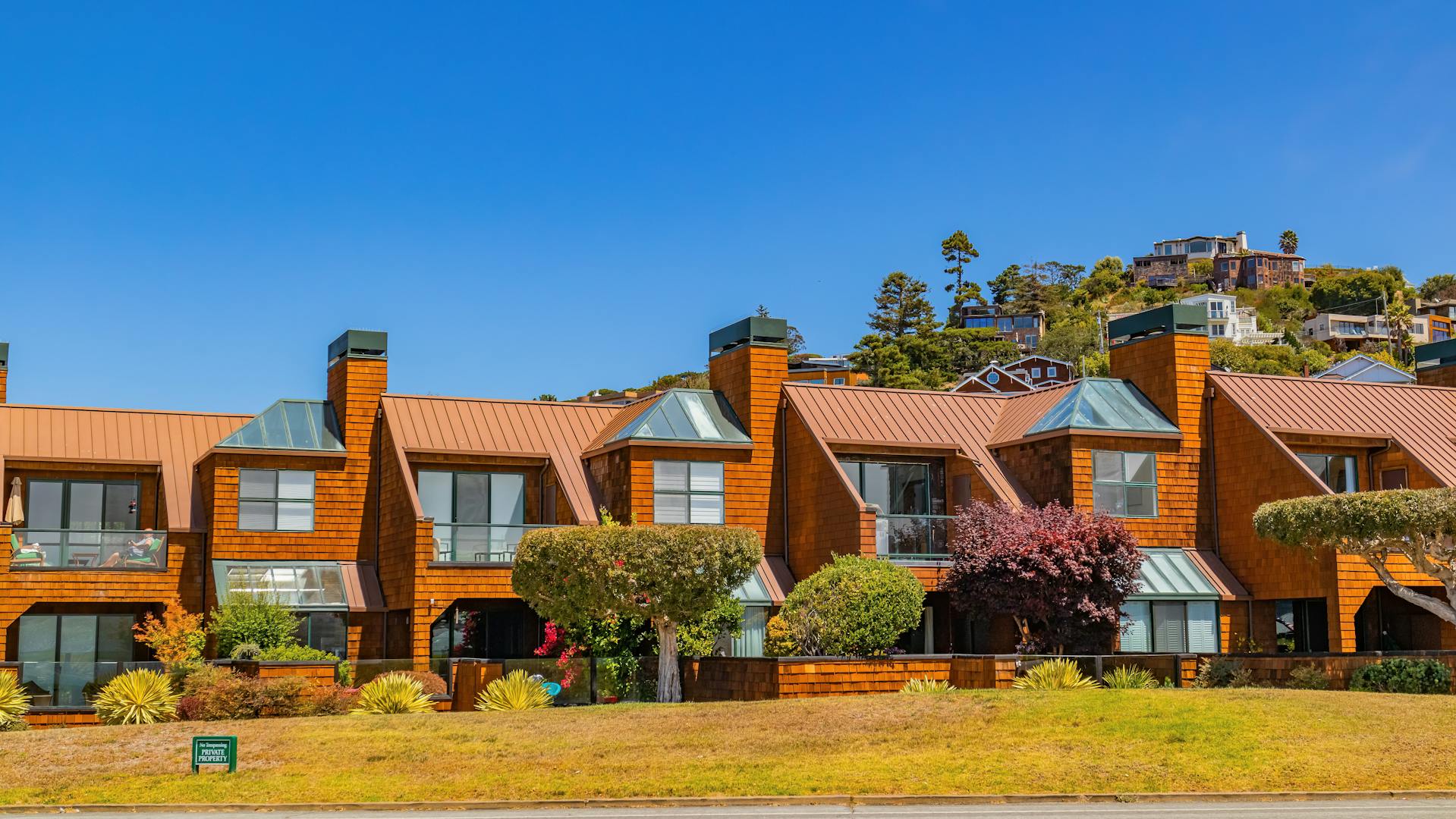

Question: What is an End Townhouse?
Answer: An end townhouse is a unit located at the end of a row of townhouses. It typically shares one common wall with a neighboring unit but has windows and a yard on two sides, offering more privacy and natural light.
Understanding the Appeal of End Townhouses
It’s a question many prospective homebuyers ask, particularly those seeking the blend of community living with a touch of single-family home independence. An end townhouse, also sometimes called an end unit townhouse, occupies a coveted position at the end of a row of townhomes. Unlike interior units, end townhouses share a wall with only one neighbor, offering greater privacy and natural light. This unique placement differentiates them significantly, providing distinct advantages that often make them highly desirable.
Key Features and Benefits of End Units
End townhouses possess several key features that contribute to their appeal. First and foremost, their location provides more windows, thus increasing natural light and ventilation. They typically boast a larger side yard than interior units, expanding the usable outdoor space. This extra space provides an area for gardening, outdoor dining, or simply relaxing in a more private setting. Having only one shared wall enhances privacy, minimizing noise and disturbances from neighbors.
Click here for more information on brokers near me in Orangeville
Related Article: Do Freehold Townhouses Have Maintenance Fees in Ontario?
Related Article: What is Between Townhouse Walls?
Natural Light and Ventilation: A Brighter Perspective
Another compelling advantage of end townhouses lies in their access to natural light and ventilation. With windows on three sides, these units bathe in sunlight throughout the day, creating a brighter and more cheerful interior. Increased natural light contributes positively to mental well-being and can even reduce energy costs. The enhanced cross-ventilation capabilities of end units allow for improved airflow, promoting a fresher and healthier indoor environment. This feature, in particular, separates them from interior units, which often struggle with adequate ventilation.
Cost Considerations: Weighing the Investment
While end townhouses offer numerous benefits, they typically command a higher price than interior units. The increased privacy, larger yard, and abundance of natural light contribute to their desirability, consequently increasing their market value. Prospective buyers must carefully weigh the added cost against the advantages offered by an end unit. The long-term benefits, including potential resale value appreciation, often justify the initial investment for many homebuyers.
Making the Right Choice: End Unit vs. Interior Unit
The decision between an end townhouse and an interior unit depends on individual preferences and priorities. If privacy, natural light, and outdoor space are high on your list, an end unit may be the ideal choice. If budget is a primary concern, an interior unit might offer a more affordable option. Carefully consider your lifestyle and long-term goals when making this important decision. Thoroughly assess your needs and compare them against the features and costs of each type of townhouse to determine the best fit for you.
A Closer Look at Design Variations
In addition to the standard features, end townhouses sometimes offer unique design variations. For instance, some developers incorporate larger windows or balconies on the end units, further enhancing their appeal. Others might include architectural details that differentiate the end units from the rest of the row, adding a touch of exclusivity. Prospective buyers should carefully examine the specific design features of each end unit to identify any special characteristics that align with their preferences.
Exploring Community Features and Restrictions
Similar to other townhouses within a community, end units are subject to property rules and regulations. These rules typically cover exterior maintenance, landscaping, and common area usage. Some communities may have specific restrictions regarding exterior modifications or additions to end units. It’s essential to review the property guidelines carefully before purchasing an end townhouse to ensure compatibility with your lifestyle and plans.
Conclusion
End townhouses present a unique opportunity to enjoy the benefits of both community living and single-family home ownership. Their distinctive features, including increased privacy, natural light, and larger yards, often make them a desirable choice for homebuyers. However, the higher cost associated with these advantages necessitates careful consideration. By weighing the benefits against the costs and thoroughly researching community features and restrictions, prospective buyers can make informed decisions and find the perfect end townhouse to call home.


